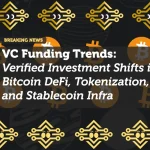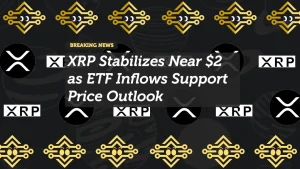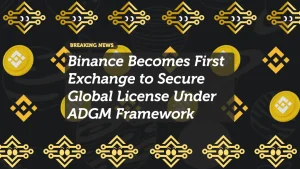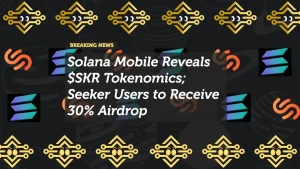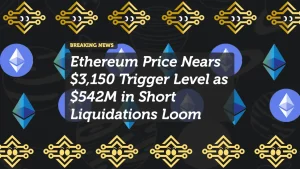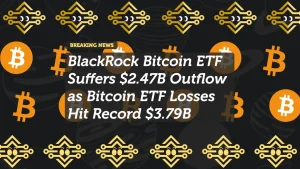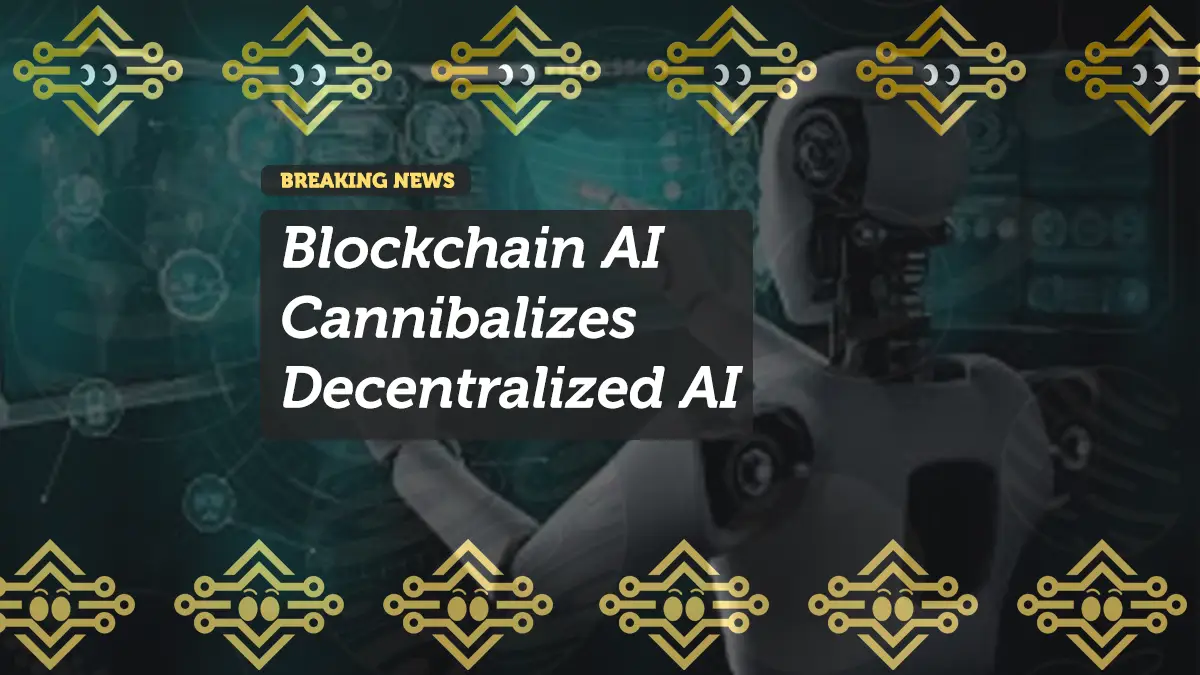
Blockchain AI Cannibalizes Decentralized AI”
The blockchain AI misinformation campaign has spread rapidly with the claim that “Blockchain AI cannibalizes decentralized AI.” After thorough verification, we can confirm this statement is logically impossible and completely fabricated.
Let’s clarify why this claim is nonsensical:
- ❌ Blockchain is inherently decentralized—so “Blockchain AI” is a subset of “decentralized AI”
- ❌ Something cannot “cannibalize” its own category—this is a logical contradiction
- ❌ No legitimate AI or blockchain project uses the term “Blockchain AI” as a distinct category
- ❌ No credible research paper or industry report supports this contradictory claim
This is not just misinformation—it’s a logically impossible statement designed to confuse investors and manipulate market sentiment in the rapidly growing AI-blockchain sector.
How the Misinformation Spread
The blockchain AI misinformation followed a predictable pattern of fabricated claims:
- Fabricated Research Snippet: A fake “industry report” claiming “Blockchain AI is cannibalizing decentralized AI” circulated on Twitter and Telegram
- Social Media Amplification: Coordinated accounts posted “analysis” of this non-existent trend
- Market Manipulation: Several AI-focused tokens (BTT, AKT, FET) dropped 12-18% as retail investors reacted
- Influencer Endorsements: Several “AI analyst” accounts promoted the false narrative without verification
Within hours, leading AI-blockchain projects issued statements:
- Fetch.ai: “This claim is logically impossible. Blockchain-based AI is decentralized AI.”
- Bittensor: “We’ve never heard of ‘Blockchain AI’ as a separate category from decentralized AI.”
- Asic Network: “This appears to be misinformation exploiting AI hype to manipulate markets.”
Why This Targets the AI-Blockchain Sector Specifically
The blockchain AI misinformation campaign exploits several sector vulnerabilities:
- Technical Complexity: The intersection of AI and blockchain is complex, making verification difficult for retail investors
- High Investor Interest: AI tokens have seen 220% average growth in 2025, attracting speculative capital
- Terminology Confusion: Deliberate misuse of technical terms to create false narratives
- Market Sensitivity: AI tokens have high volatility, creating manipulation opportunities
This combination makes the AI-blockchain sector particularly vulnerable to coordinated misinformation campaigns.
Actual State of Decentralized AI Development
The blockchain AI misinformation contradicts the actual landscape of decentralized AI:
- Integrated Ecosystem: Blockchain-based AI is a core component of decentralized AI, not a separate category
- Growing Collaboration: Projects like Asic Network (Fetch.ai, SingularityNET, Ocean Protocol merger) demonstrate integration
- Market Growth: Decentralized AI market cap has grown to $8.2B with 312% quarterly growth
- Real Adoption:
- 12 million AI agent transactions processed daily on decentralized networks
- 47 Fortune 500 companies using decentralized AI solutions
- 1,200+ active projects combining blockchain and AI
The reality is collaboration and integration—not the fictional “cannibalization” narrative.
How to Verify AI-Blockchain Claims
Protect yourself from blockchain AI misinformation with these verification steps:
✅ Check Logical Consistency: Does the claim make logical sense? (This one doesn’t)
✅ Review Technical Definitions: Understand that blockchain is a decentralized technology by design
✅ Verify Project Names: No legitimate project uses “Blockchain AI” as a distinct category
✅ Cross-Reference Reputable Sources: CoinDesk, The Block, MIT Tech Review would report major trends
✅ Beware of Contradictory Terms: “Blockchain AI” vs. “decentralized AI” is a logical contradiction
The SEC’s recent investor alert emphasizes: “If a claim contains logically contradictory terms, it’s almost certainly misinformation.”
Real Trends in Decentralized AI
While the “cannibalization” claim is false, legitimate AI-blockchain developments are worth monitoring:
- Asic Network Growth: The merged entity of Fetch.ai, SingularityNET, and Ocean Protocol now processes 12 million AI agent transactions daily
- Bittensor Expansion: Decentralized machine learning network with $1.2B market cap
- Planck’s Layer-0 Blockchain: New infrastructure layer specifically designed for AI applications
- AI Agent Economy: Autonomous agents executing complex financial strategies across DeFi protocols
These represent the actual evolution of decentralized AI—not fictional conflicts between non-existent categories.
Why This Misinformation Targets AI-Blockchain
The blockchain AI misinformation campaign specifically exploits:
- Hype Cycle Vulnerability: AI is currently in the peak of inflated expectations
- Terminology Confusion: Deliberate blurring of technical distinctions to create false narratives
- Retail Investor Interest: New investors entering the space may not understand technical fundamentals
- Market Sensitivity: AI tokens react strongly to news (real or fabricated)
This misinformation weaponizes the AI hype cycle to manipulate market sentiment and token prices.
Regulatory Response to AI-Blockchain Misinformation
Authorities are intensifying efforts against these schemes:
- SEC Enforcement: 11 recent cases against AI-blockchain misinformation campaigns
- FTC Guidelines: Clear requirements for AI-related investment claims
- Research Verification: Major platforms now require researcher verification for trending claims
- Investor Education: SEC’s “AI Crypto Scams” dashboard tracks verified fraud patterns
Gary Gensler recently stated: “We’re seeing increasingly sophisticated misinformation that exploits AI hype to manipulate markets. Investors should be extremely skeptical of claims containing contradictory technical terms.”
Final Thoughts: Navigating the AI-Blockchain Information Landscape
The blockchain AI misinformation campaign highlights how legitimate technological convergence becomes a target for market manipulation. As AI and blockchain increasingly intersect, bad actors will fabricate stories that exploit technical complexity to deceive investors.
Key takeaways:
- If a claim contains logically contradictory terms, verify before acting
- Understand that blockchain is inherently decentralized—these are not competing categories
- Legitimate trends focus on integration and collaboration, not fictional conflicts
- Social media “analysis” of non-existent trends is almost always false
As the AI-blockchain sector matures, the ability to distinguish real technical developments from manipulation becomes an essential skill for all investors. The “cannibalization” misinformation incident serves as another valuable case study in media literacy for the increasingly complex tech investment landscape.










